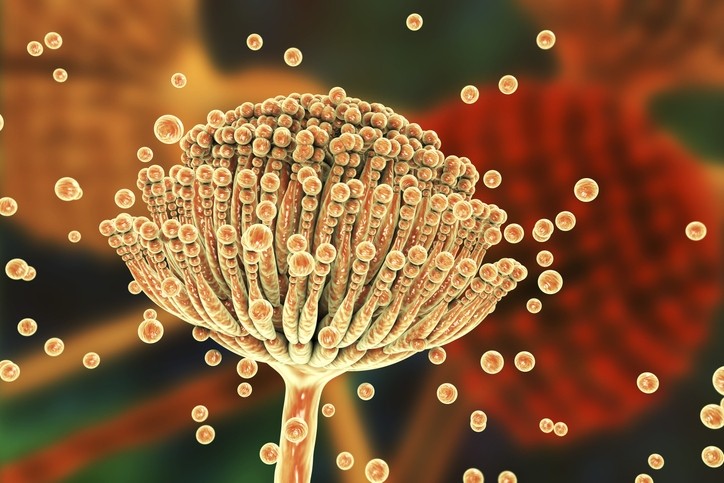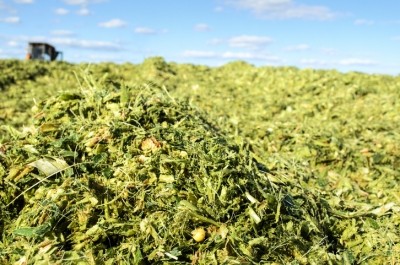Biomin sees a high prevalence of fumonisins, multiple mycotoxin contamination

Multiple mycotoxin contamination of feed presents additional problems, as certain combinations are known to have synergistic effects that aggravate negative consequences for animals, said Alexandro Marchioro, senior mycotoxin expert, Biomin.
And, according to the report, fumonisins are still abundant at high concentrations in raw commodities.
The Biomin survey looks to provide insight into the incidence of the six major mycotoxins in the chief agricultural commodities used for livestock feed.
The company’s latest analysis involved the review of 18,424 finished feed and raw commodity samples. It is more comprehensive that previous editions:
“We have increased the number of countries from which we sourced samples, last time out it was 73, this year it was 79,” said Marchioro.
The company set up new partnerships with universities and research centers in those six additional countries, thus enabling the more extensive analysis, he told us.
Main trends identified in report
In terms of some of the main trends identified, he said the average concentrations of fumonisins in corn (maize) were high, at 2596 parts per billion (ppb) in 2018. Fumonisins, which are produced by Fusarium proliferatum and F. verticilloides, predominantly contaminate corn and corn by-products.
In Argentina, a key corn producer in global terms, the survey showed the average concentration of fumonisins rose from 2800 ppb in 2017 to 4762 ppb in 2018, he said.
Extreme weather conditions in that South American country last year – extended drought periods - were to blame, said Marchioro. That country saw high levels of rainfall in 2017, a weather event that also triggered a high level of fumonisin contamination of corn.
Both extreme weather conditions create stress in plants, and trigger the development of secondary metabolites and mycotoxins, he said. A study shows that, in general, low rainfall and hot temperature around flowering, and high rainfall or high temperature just before harvest, were found to be conducive for fumonisin contamination in the field.
In North America, deoxynivalenol (DON) was the most prevalent mycotoxin, contaminating 67% of the total samples, while the survey showed a significant prevalence of DON and T-2 mycotoxin in cereals in Europe, with regional variance noted.
“In southern Europe, where there was high temperatures for a couple of weeks, fumonisins were the most prevalent,” added Marchioro.
In terms of Asia, the survey report showed that 96% of corn samples in Asia tested positive for fumonisins with maximum concentrations of 47,485 ppb. Aflatoxin contamination remains a challenge in Asia with 44% prevalence seen in finished feed.
The data underscores the importance of monitoring mycotoxin contamination, as mycotoxin occurrence varies in different regions, said the Biomin expert.















